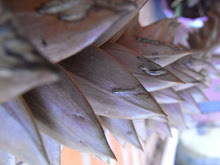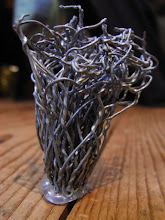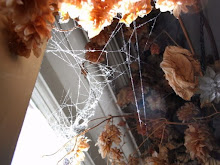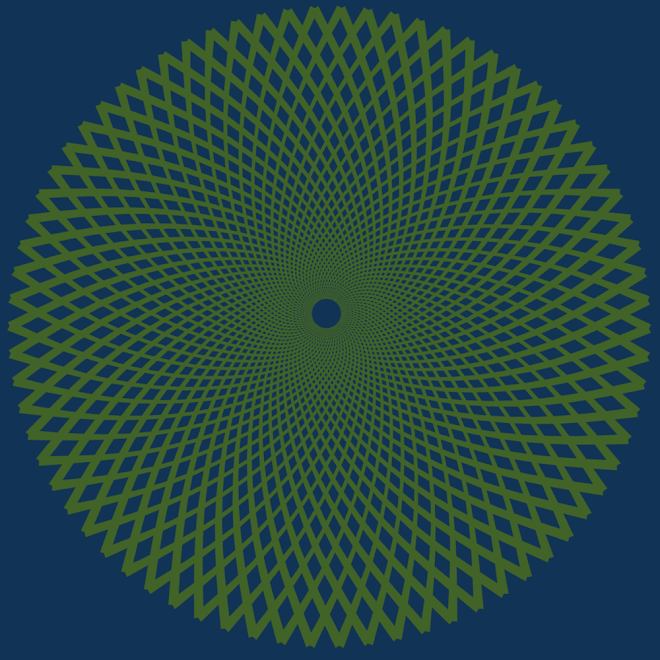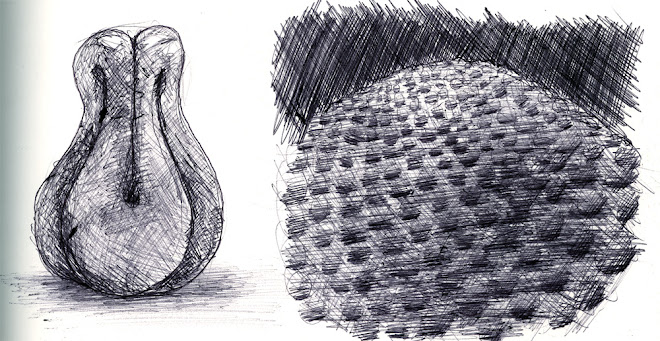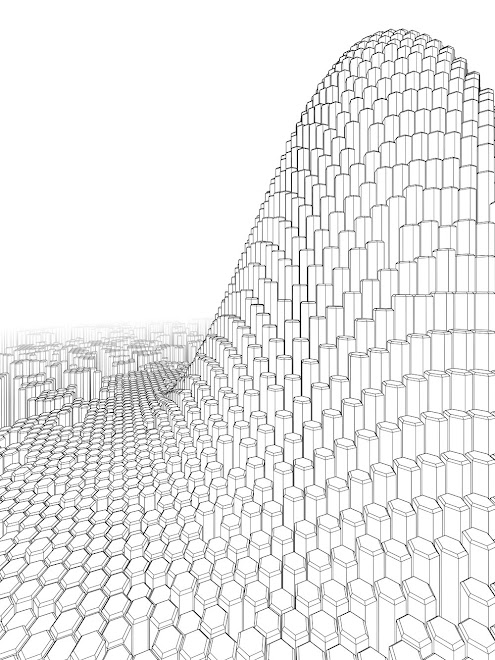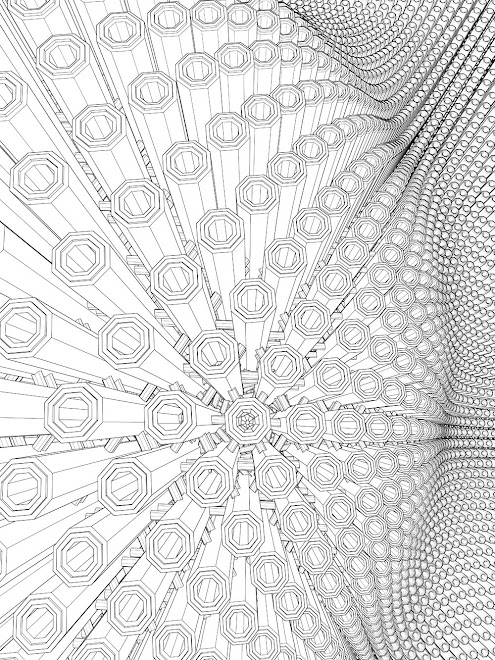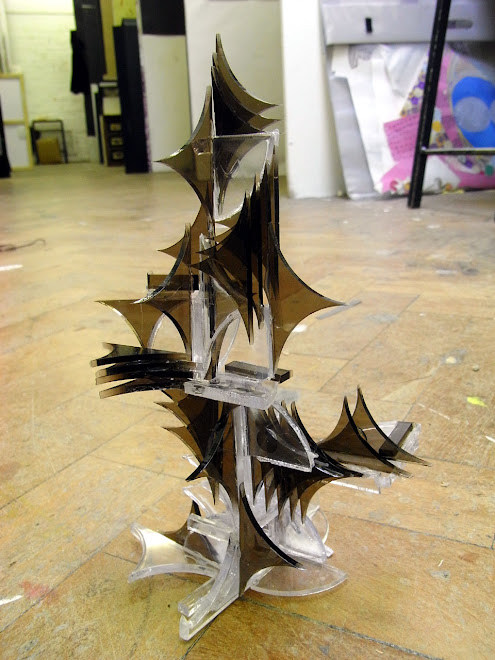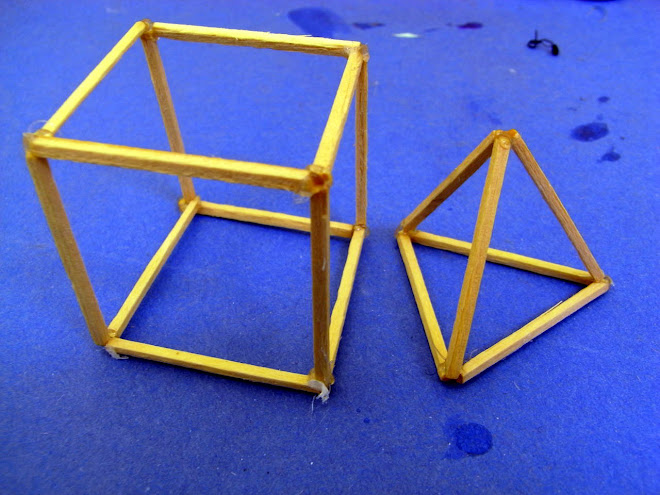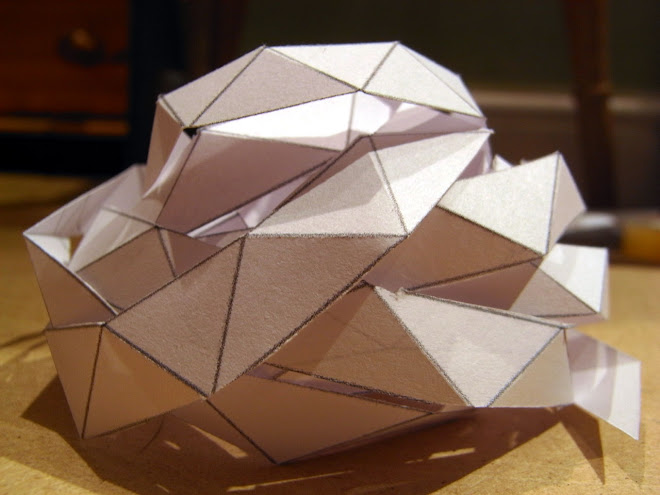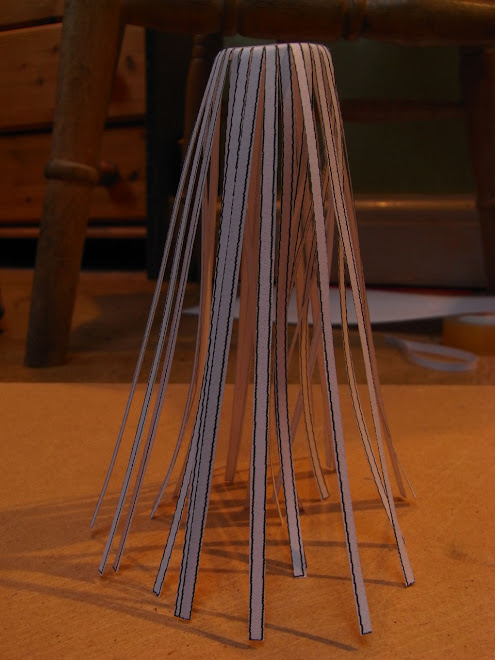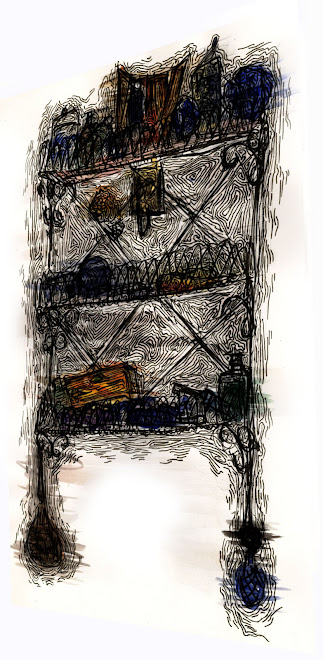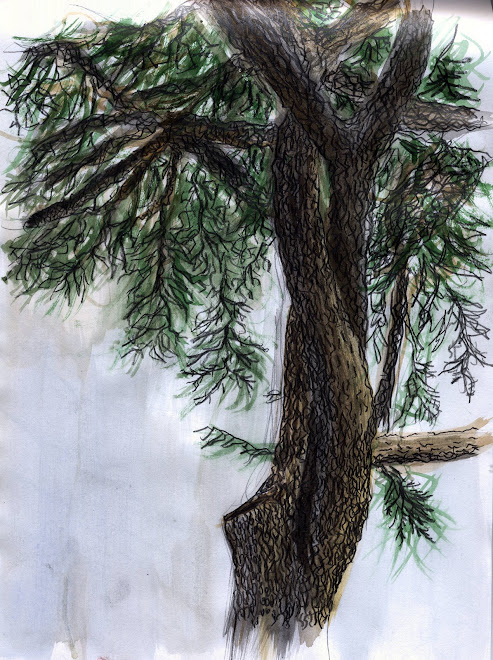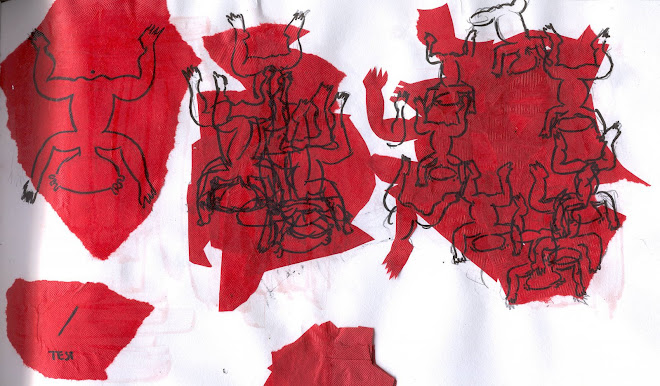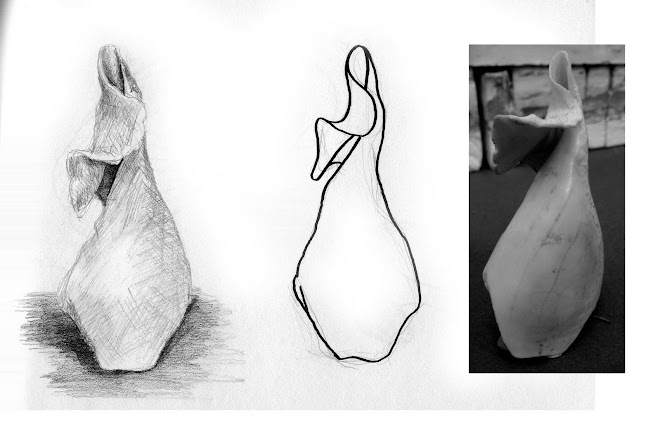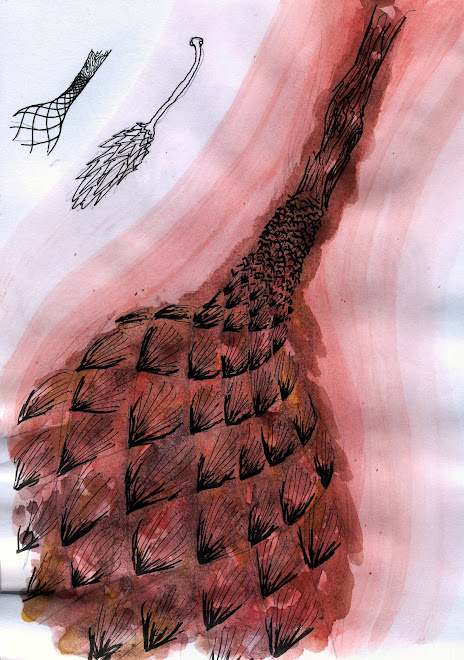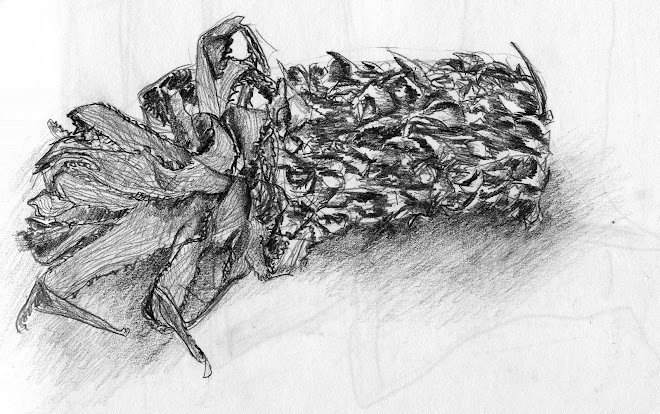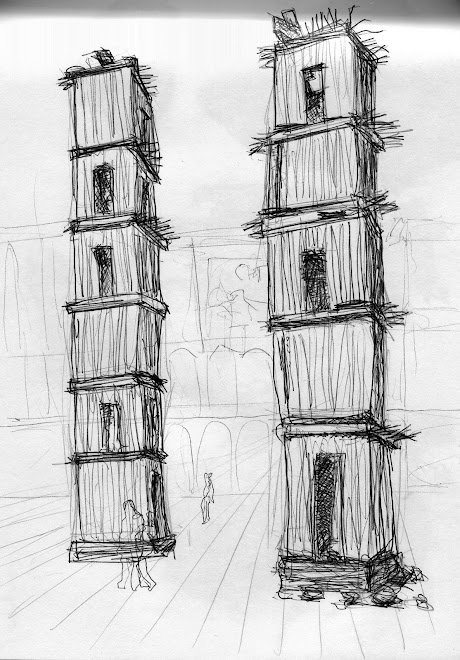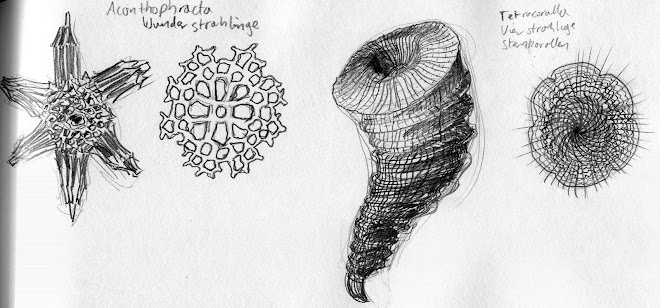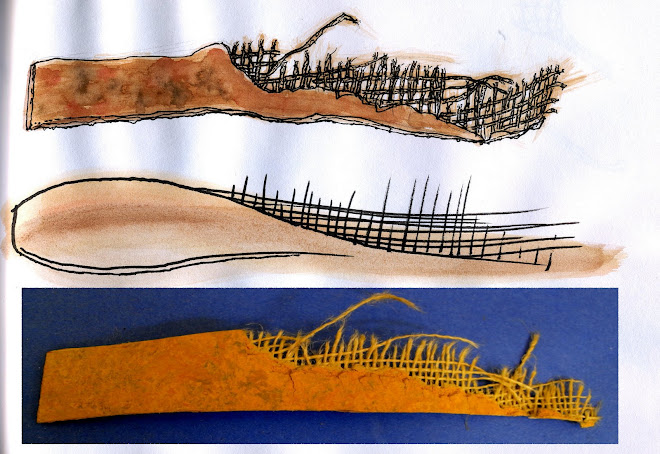

As I said earlier, given the chance, I would happily extend my sculpture beyond what it is (if I had the time and money) I thought about hanging straight edged strips of translucent plastic inside as a kind of andidote to the roughness of the withies. If I had a really extensive budget/timescale/space I would love to make an alternative sculpture like the one pictured above. Overall, my aim has been to expose the viewer to the simple expanding spiral pattern, by physically immersing them into the sculpture itself. I want them to appreciate this pattern on a three dimensional surface and consider the corresponding volumes.






















